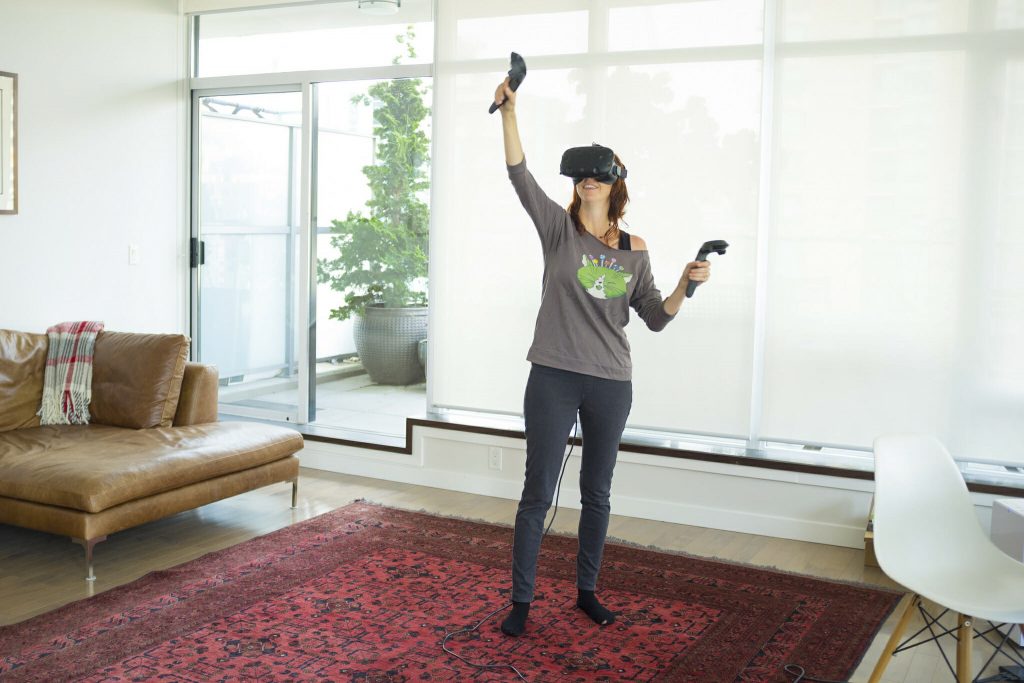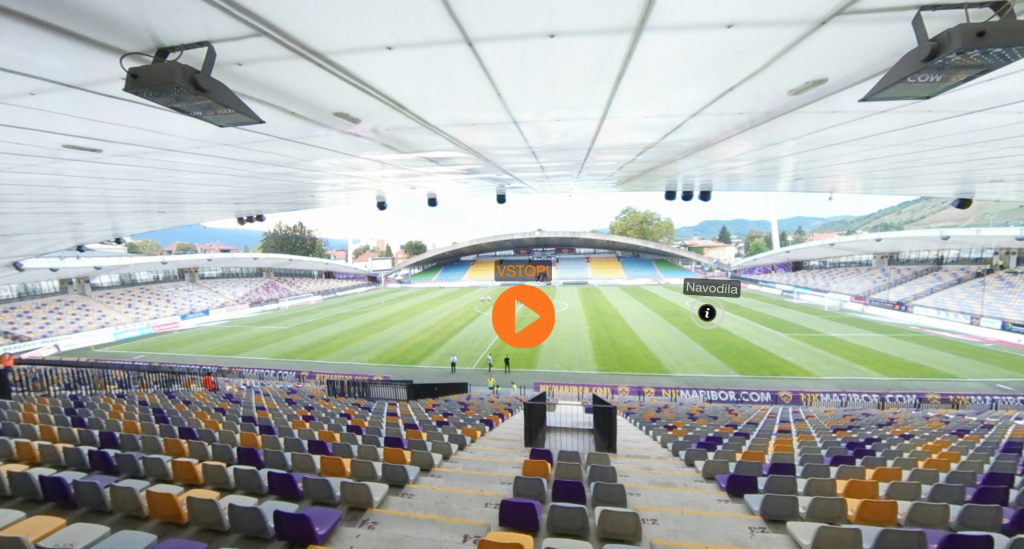Surround sound is a technique for enriching the sound reproduction quality of an audio source with additional audio channels from speakers that surround the listener (surround channels), providing sound from a 360° radius in the horizontal plane (2D) as opposed to “screen channels” (centre, [front] left, and [front] right) originating only from the listener’s forward arc.
What is Surround Sound and how does it work?
Start your free trial of Viar360!
What is Surround Sound and how does it work?
Surround sound is characterized by a listener location or sweet spot where the audio effects work best and present a fixed or forward perspective of the sound field to the listener at this location. The technique enhances the perception of sound spatialization by exploiting sound localization; a listener’s ability to identify the location or origin of a detected sound in direction and distance. Typically this is achieved by using multiple discrete audio channels routed to an array of loudspeakers.
Practical example of Surround Sound
There are various surround sound based formats and techniques, varying in reproduction and recording methods along with the number and positioning of additional channels. There are various implementations of different surround sound systems (2.1, 5.1 even 16.1) which differ in a number of speakers and their positioning around the listener/audience. More speakers mean more defined/precise sound environment.
For the basic experience, you need at least 2 speakers which represent the default stereo constellation (left and right stereo). You might use speakers or headphones, it does not really matter, what matters is that you have a device capable of playing at least from two directions simultaneously (left and right). The listener in our case is the camera – as the camera turns, so does the audience.
Each sound effect in 3D space is a sound sample of type mono and combined with the distance and orientation of the audience it gets rendered as a stereo audio signal. It depends on the speaker configuration of course.
A basic stereo system (2.0) does NOT exclude the audience from the 3D space awareness! Modern sound hardware is capable of simulating front and back sounds even on 2 speakers or headphones.
All you need to know is that the camera is the listener/audience and any sound playback device is at least ready for stereo so you are ready to go.
Where do the sounds come from?
So we have the listener, but not the sounds. Each sound is actually a sound source (or a speaker if it’s easier to understand). You may have various sound sources playing sound simultaneously and at the end, the mixer will produce stereo or surround output.
We position our audio sources with the hotspots. You click on a point on the 3D sphere and define the audio source connected with it. On the platform side of the VIAR360 project, the user can define a point of the sound origin – which is the “Next” hotspot in this particular example.
The next step is to assign a sound file to the hotspot which is a generic MP3 (church_bells.mp3 in my case). That’s it, you are ready to experience 3D sound. You don’t have to define the listener because the camera is always representing the audience.
We also provided the functionality where the user could manually set up the distance/dimension of the space. For this particular example, we are representing an open environment which is huge and a lot bigger than a small room for example. In this case, we get more realistic results when we tell the system, that we are working on a larger scale.
WHAT ELSE IS SUPPORTED?
Viar360 currently supports these types of audio hotspots:
- Sound effects starting automatically without interaction
- Sound effects starting only on user iteration (click/touch/gaze)
- Background music (playing in background)
- Volume adjustments for any sound source
- Loop and auto-start settings for any sound source
Try the Viar360 storytelling platform for free here.




